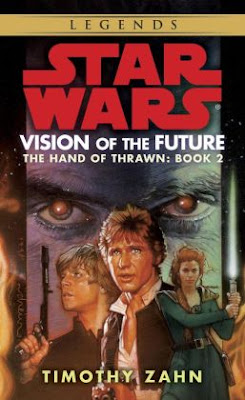Book Review: 'Star Wars: Thrawn: Alliances'

Cover art by Two Dots. (C) 2018 Del Rey Books and Lucasfilm Ltd. (LFL) On July 24, Penguin Random House’s science fiction imprint Del Rey Books published Star Wars: Thrawn: Alliances, the second canonical novel by Timothy Zahn that features the Hugo Award-winning author’s most famous character, Grand Admiral Thrawn. Set between Seasons Three and Four of Star Wars Rebels, Thrawn: Alliances is a sequel to 2017’s Star Wars: Thrawn, Zahn’s origins-of story that is partially based on details from the original Expanded Universe/Legends version of how an exiled Chiss military genius joined Emperor Palpatine’s New Order but was tweaked to consider the character’s canonical introduction as a Grand Admiral before the Battle of Yavin. As the book’s title and cover art by the Paris-based studio Two Dots suggest, Thrawn: Alliances is a story that is many a Star Wars reader’s dream-come-true: the joining of forces between Emperor Palpatine’s most powerful servants, Grand Admiral ...





